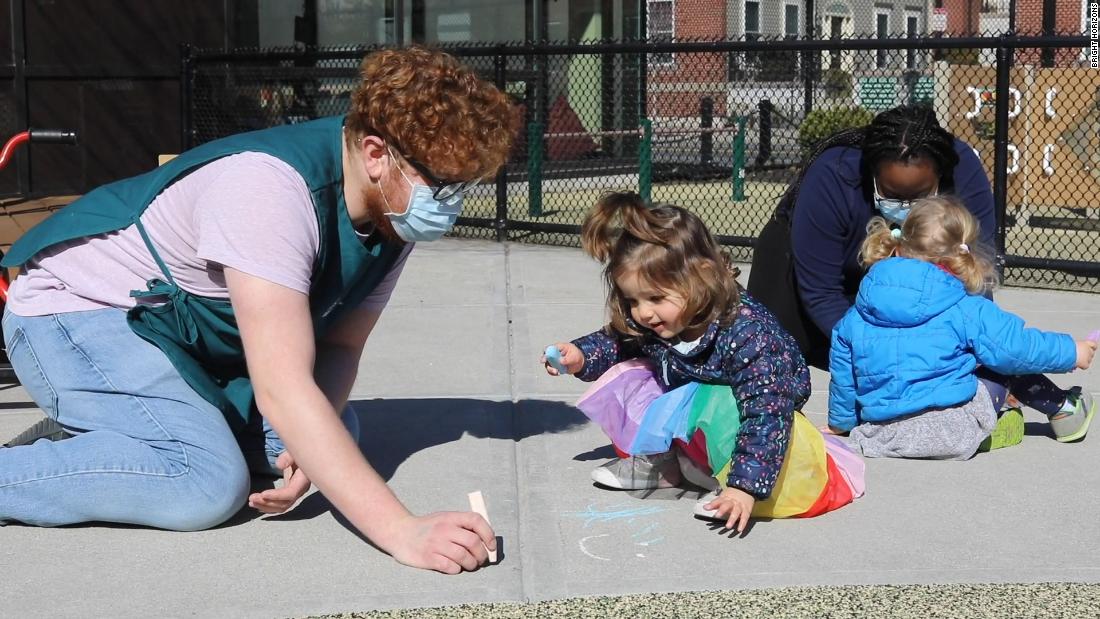“Early last year, the CDC launched an initial guidance for child care programs during Covid-19. As we learn more about the virus, CDC experts have updated this guidance several times throughout 2020,” said the CDC director, Dr. Rochelle Walensky, during a meeting at the White House on Friday.
“Today, the CDC is releasing updated guidelines based on the latest science again,” said Walensky. “This science includes additional evidence that shows that, when used consistently and correctly, prevention strategies like wearing a mask, staying home when sick and good hand hygiene can allow daycare programs to operate safely and reduce spread. of Covid-19. “
The guidance also calls vaccines “an important tool” to help contain the pandemic.
“I also want to emphasize that our child care guidance emphasizes the importance of vaccination against Covid-19 as an additional layer of prevention for child care workers,” said Walensky. “I strongly encourage child care workers in America to be vaccinated.”
The guidance recommends that everyone in a day care setting aged 2 years or older should wear a mask, except when eating or sleeping. Masks should not replace physical distance, and the CDC does not recommend face shields or goggles as a substitute for masks.
The guidance “also highlights strategies such as cohort, where groups of children are kept together with the same colleagues and staff to reduce the risk of spread throughout the program,” said Walensky.
The guidance also recommends increasing air ventilation by opening doors and windows when it is safe to do so, and provides recommendations on how to adapt settings for children with disabilities and special needs, as well as ways to make common spaces, eating areas and areas safer leisure activities during the pandemic.
“The American Rescue Plan, signed by the president yesterday, includes $ 24 billion in emergency funds to help support child care providers,” she said. “This funding can be used to pay rent, utilities and personnel, but also to help childcare providers implement Covid-19 prevention strategies.”
Vaccines and tests were not among the “main” strategies that the agency defined. Instead, the guidance called them “additional layers” of Covid-19 prevention.
When it comes to child care programs, the newly updated CDC guidance “includes strategies that child care programs can use to maintain healthy environments and operations, to reduce the risk of Covid-19 clusters in their programs, to prepare for when someone is sick with Covid-19, and to support the coping and resilience of their employees, children and caring parents, “said Walensky.
“This updated guidance is aimed at all types of child care providers, including day care, family day care, Head Start programs and pre-kindergarten programs – and is intended to complement, not replace, other laws, rules or regulations than programs child care must follow, “said Walensky. “Recognize that guidance can sometimes be complex. We are also launching a set of complementary resources, infographics and toolkits to help implement programs.”
